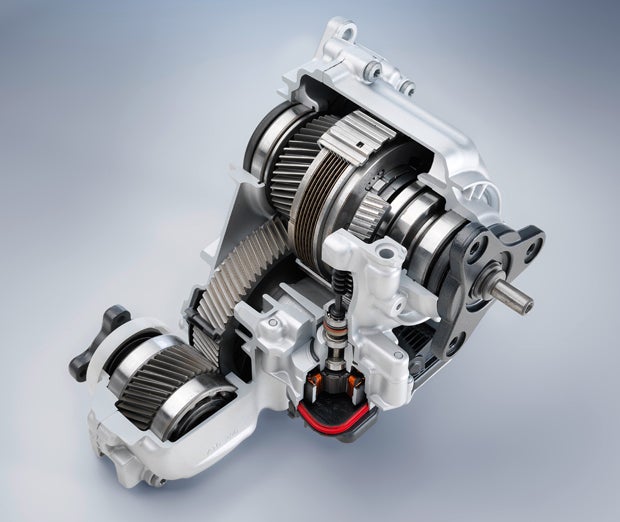
When it comes to putting the power down in a four-wheel drive or all-wheel drive system, transfer cases often play an integral role in the equation. Now before any of you get up in arms about definitions of 4WD versus AWD, Iím not here to start an unruly debate here. With the advent of clutch-pack and viscous coupling controlled transfer cases there are plenty of so-called all-wheel drive vehicles out there using a transfer case so Iím leaving that debate alone entirely. Now that thatís out of the road, itís time to take a quick step back to have a good look at transfer cases and what makes them one of the most useful components in any off-road machine.
The Basics
At a fundamental level, transfer cases arenít really all that complex. Mounted at the tail end of the transmission, the rotational power coming out of the transmission goes through the transfer case to the driveshaft that powers the rear wheels. Within the case is a short shaft with a gear on it that provides the link between the trans and driveshaft. Depending on the configuration, said gear is either splined to another gear, or connected via a very heavy-duty chain to another gear and shaft. The output of this second shaft comes out pointed toward the front of the vehicle, and it provides connection to the front driveshaft, which in turn attaches to the front differential and powers the front wheels.
Engagement and Disengagement
In four-wheel drive systems, the focus of having this setup is to allow the driver to engage and disengage the front wheels on demand. The traditional way of doing this was by means of mechanical shift linkage, which is fundamentally simple and offers little opportunity for glitches or temporary failures. The trick to this is that first gear mentioned earlier rides on a roller bearing, and much like gears in a manual transmission it has the option of either spinning freely (as it would in 2WD mode), or lock onto the rotating shaft and providing power to the front wheels. The second shifter setup was, and in some cases still is used today, though with the increase in automotive technologies crowding passenger cabins the transition quickly came to using electronics instead.
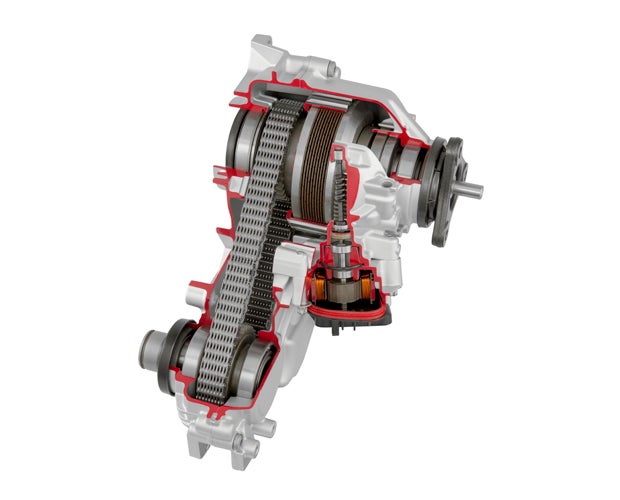
Electronic switching of transfer cases can occur in a handful of ways, but the system remains fundamentally simple. An electrical signal is sent from a dash-mounted switch to an electric motor bolted to the underside of the transfer case, which then moves internal linkage to engage the gear the same way it would with mechanical linkage. Given the simplicity of the electrical system, these things donít run into issues all that frequently, but at the same time if you spend a lot of time in river crossings or banging your undersides across boulders there is a chance of damaging wiring somewhere along the way.
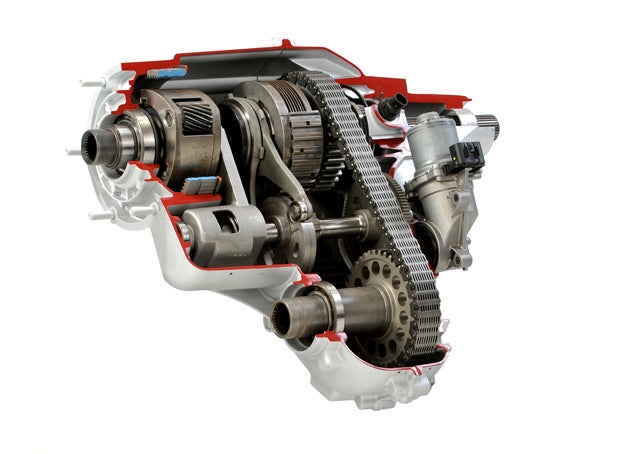
Two-Speed Transfer Cases
For anyone engaging in any kind of serious off-road adventure, thereís no question that a two-speed transfer case is more or less essential, but have you ever stopped and wondered how it all works? If you have a base knowledge of how automatic transmissions work then understanding the two-speed transfer case is a breeze, but letís walk through the fundamentals. Just ahead of the main gear of the transfer case lies whatís called a planetary gear set. This gear set when 4-LO is selected takes the transmissionís output and slows it down by roughly half, and in the process it increases torque to the wheels. Once again this change can either be looked after through mechanical linkage or by an electric motor.
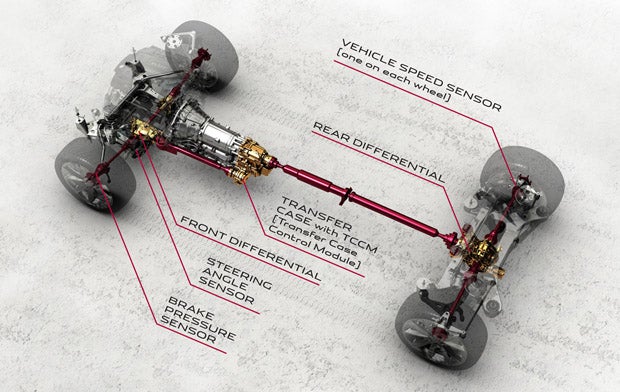
All-Wheel Drive Transfer Cases
One of the challenges faced with traditional four-wheel drive is its inherent inability to cope with different axle speeds when both axles have full traction. In the past the use of a center differential has been the answer to accommodate changes in axle speeds for ďFull-Time 4WDĒ vehicles, but more and more often manufacturers have decided to employ other tricks in their transfer cases to make power flow smoothly. One of the most common tricks out there is whatís called a viscous coupling. The viscous coupling attaches ahead of the primary drive gear, and allows for nominal slippage between front and rear axles. The viscous coupling is an interesting piece of mechanical technology that uses siliconís reaction to heat as means of controlling the engagement of front-wheel drive. When the rear axle begins to spin due to a lack of traction, that movement generates heat and binds the coupling together to put more power to the front. As traction is regained and both axles start rotating evenly, the decrease in temperature means the two axles will be allowed to run freely. The only real flaw with this is the time delay needed for wheel slippage to cause the silicone to react before binding.
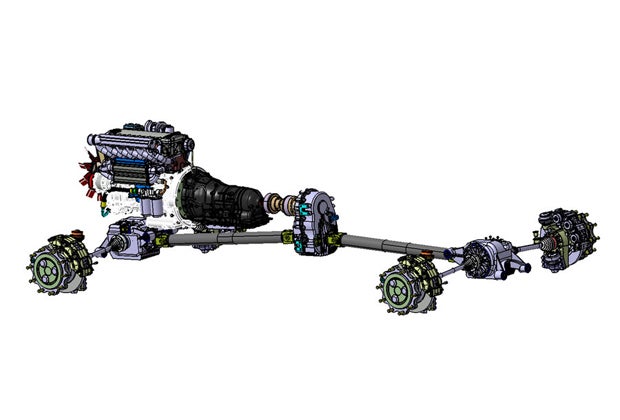
The most complex means of transfer case control comes in the form of a wet clutch. Rather than a viscous coupling, a wet clutch controlled by an electric motor acts on the primary drive gear rather than a simple ďengage/disengageĒ linkage, controlling how much power is sent to the front wheels. Depending on inputs from wheel speed, steering angle, vehicle inclination, and throttle position, the control unit for the transfer case can bias anywhere from 0 to 100% of the engineís power to the front wheels. BMWís X-Drive all-wheel drive system runs in this fashion, and thanks to further trick electronics their vehicles are able to drive off when three of their wheels face a zero-traction condition. I wouldnít necessarily try that out in the back woods all that often without a few bolt-on upgrades, but for the open road itís a pretty clever setup.


 Your Privacy Choices
Your Privacy Choices